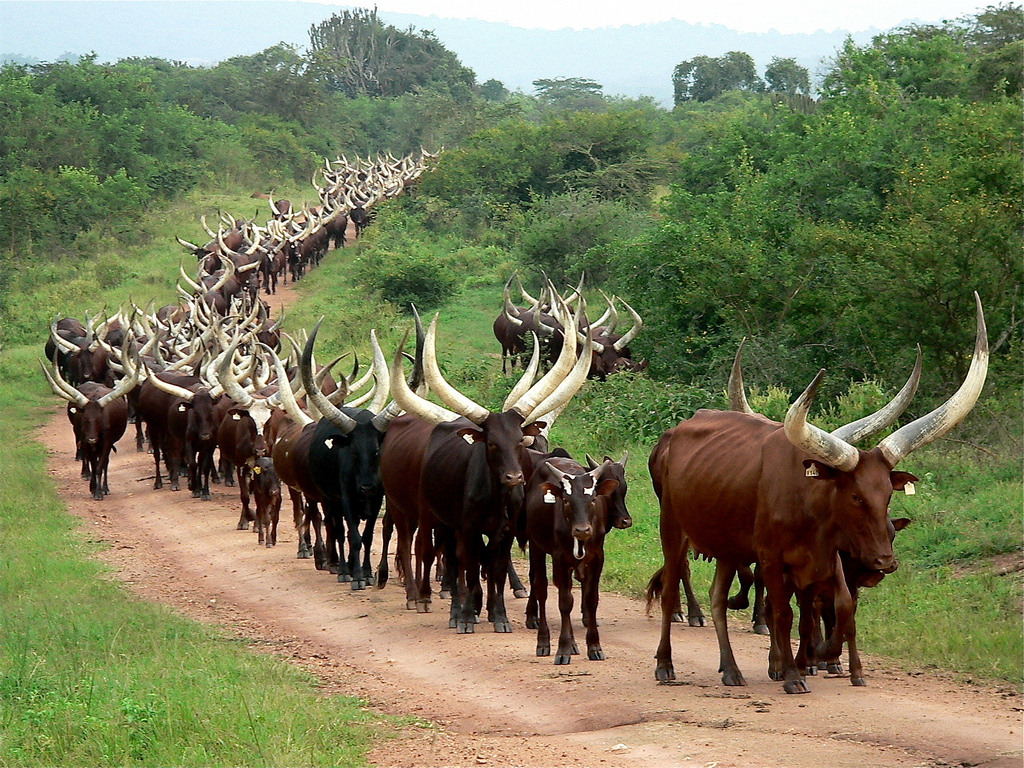SSLIE COUNTRIES
OVERVIEW OF UGANDA’S LEATHER INDUSTRY
Even though the Uganda leather industry is still young, it has grown fairly impressively in recent years, aided by a number of factors. First is a healthy livestock population estimated at 14.37 million cattle, 15.73 million goats, 4.31 million sheep, 4.04 million pigs, and 46.29 million poultry (2017 estimates). With an off-take rate of up to 15 percent for cattle, and 30 percent for sheep and goats, the country has the potential to produce around 1.4 million cowhides and about 3.1 million goat and 0.68 million sheepskins per annum. Additionally, Uganda’s leather industry has some non-conventional leather sources such as fish, ostrich and crocodile meant for the high-end leather market. About 15 to 20 percent of Ugandan hides can be used for upholstery (UNIDO 2002).
Secondly, the leather industry is being governed by the 2015 – 2025 Uganda Leather Value Chain Strategy that outlines definite targets to be achieved by 2020, including 0% export of raw hides and skins, except rejects for gelatin; 100 percent raw hides and skins converted to wet blue; 25 percent of total wet blue converted into finished leather for domestic production; increased footwear output to 500,000 pairs per annum; and 90 percent compliance to environmental management standards.
There are 10 operational tanneries in Uganda, with a tanning capacity of 1.08 and 2.0 million hides and skins per year respectively, even though this optimum capacity has not been reached yet (Uganda Leather Association, 2018). Approximately 95 percent of tanned hides and skins are exported as semi-processed leather (wet blue). Crust and finished leather production is still marginal. Between 2008 and 2012, Uganda produced on average 1.6 million hides and 4.7 million skins per annum, equivalent to 25,600 metric tons and 9,400 metric tons, of wet blue respectively.
With only 6 medium sized footwear factories and more than 800 small-scale footwear entrepreneurs in the country, the footwear industry still has a huge investment potential. Ugandan footwear demand is estimated at 25 million pairs per year, with only about 1 million pairs being produced in the country. That huge demand gap is an investment opportunity waiting to be explored.
Value addition is still low in the Uganda leather industry. In order to stimulate it, the government imposed a total ban on export of raw hides and skins. This has contributed to an increase in the export of value added products from USD 25 million in 2001 to USD 64 million in 2013.



Participating countries

